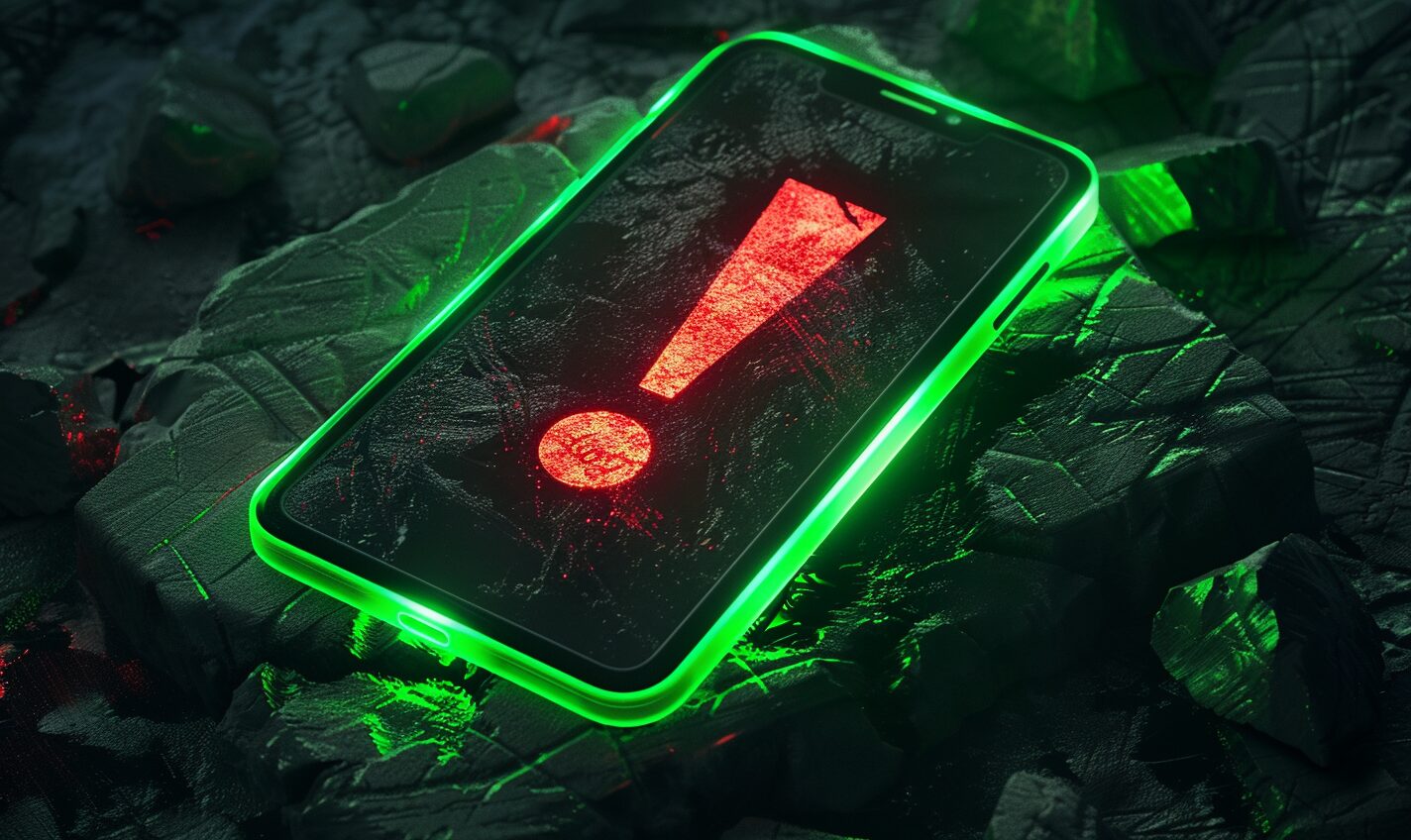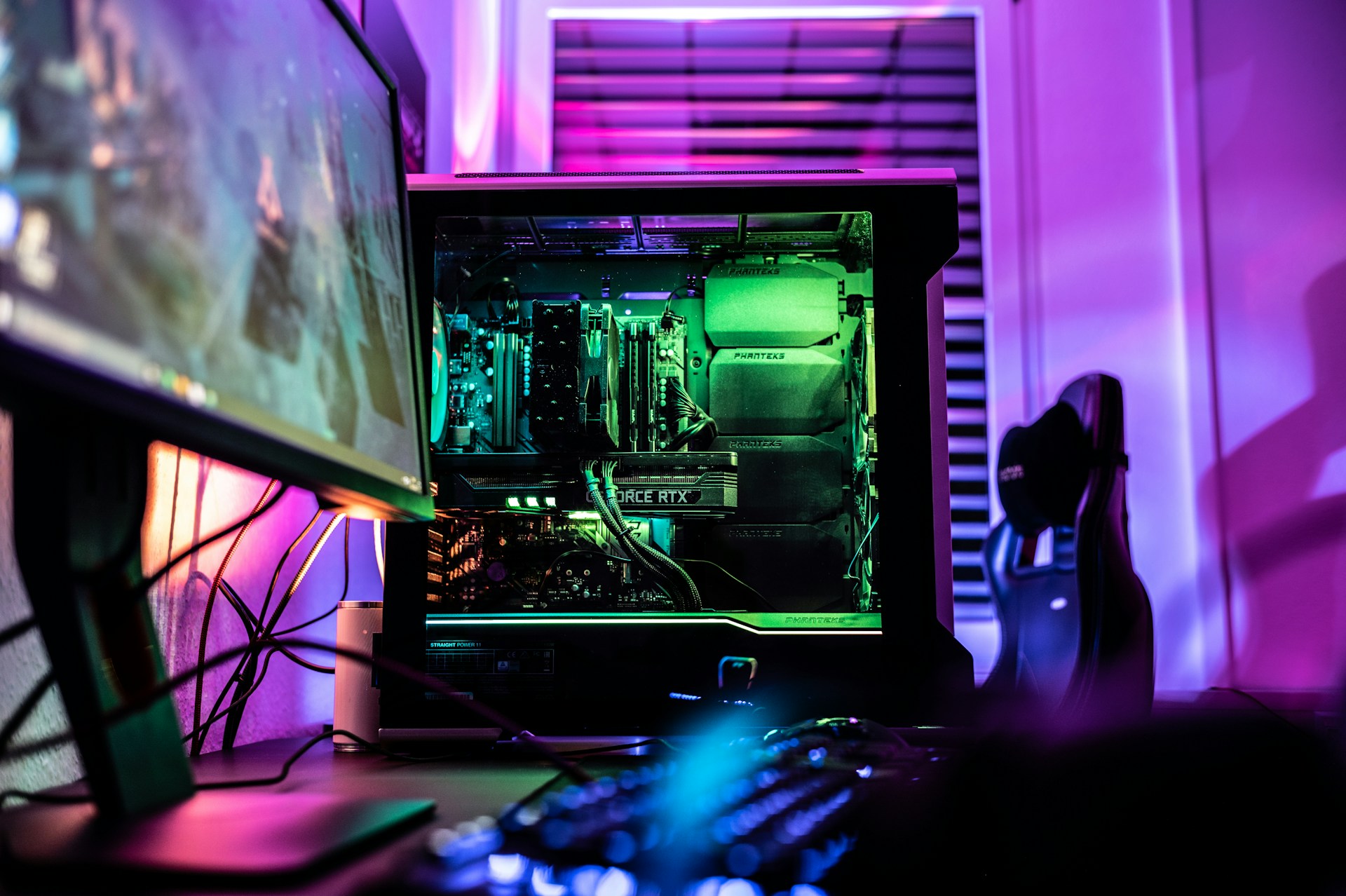If you’ve flown recently, you’re probably familiar with the captain’s announcement to push back your tray table, fasten your seatbelt and put your phone in airplane mode. But why is this last step so important? What does airplane mode do, and what happens if you don’t turn it on during takeoff or landing?
Background Noise
In the 90s, pilots noticed a strange clicking sound in their headsets. They realized it was coming from passengers’ cell phones — which were just becoming popular at the time — and, consequently, banned the use of cell phones during flights. Passengers had to turn the devices off or leave them at home.
What Does Airplane Mode Do?
Airplane mode prompts your phone’s modem to turn off transmission signals, and your phone will stop getting a cellular connection. Your device then stops trying to connect to nearby cell towers.
Consequently, you can use your phone on a flight without causing interference. Many devices let you use Wifi in airplane mode because it uses satellite signals instead of radio signals. You may also be able to use Bluetooth, since its 30-foot signal range means there’s a low chance of it causing interference.
But even without a Wifi or Bluetooth connection, airplane mode still lets you listen to music or watch movies you have downloaded on your device, which is seriously handy on a long-haul trip. Who wants to pay for in-flight entertainment?
Why Is Airplane Mode Important on Flights?
Putting your phone in airplane mode is a federal requirement on domestic U.S. flights. This law isn’t just to keep everyone from making calls during takeoff announcements, although it does certainly help you pay attention — yes, you already know the seat cushion doubles as a life raft.
Cell phone signals can interfere with a plane’s sensitive communication and navigation systems and make it harder to fly. That’s because these systems use the same radio frequencies as cell phones and tablets.
For example, a plane uses a radio altimeter to measure the distance to the ground, which is critical information to have during takeoff or landing. Using your cell phone as the plane touches down could, theoretically, make it impossible for the pilot to know how close she is to the ground, especially in rain or fog. That could create a dangerous situation for everyone onboard.
Despite the law, just 27% of surveyed passengers put their phones on airplane mode when a flight attendant asked them to do so. Men were almost twice as likely to ignore the flight attendant’s instructions. To date, there has never been a plane crash from cell phone interference, but you should still turn on airplane mode when you fly — if nothing else, so you don’t annoy the pilot.
How to Turn on Airplane Mode
On an iPhone, swipe up from the bottom of your screen to open the Control Center. Then, tap the icon that looks like an airplane — this is the Airplane Mode button. You can also access it through the settings menu by going to Settings and toggling the Airplane Mode switch.
On an Android phone, tap on Settings. Then, tap Network and internet. From there, tap on Airplane Mode to toggle it on and off. Alternatively, you can swipe down from the home screen to access the Airplane Mode button.
Other Uses for Airplane Mode
Because airplane mode forces your phone to stop searching for a cell signal, it saves significant battery power and can stop incoming calls and texts. Here are some ways to use airplane mode to your advantage even when you’re on the ground:
1. Getting a Good Night’s Sleep
Not a fan of getting spam calls at 3:00 a.m.? Turn on airplane mode before bed, then enjoy a quiet, peaceful night without interruptions. Make sure Wifi and AirDrop are turned off by long pressing on the airplane mode icon. You’ll still be able to see any calls, texts or emails that came in when you turn off airplane mode in the morning.
2. Charging Your Device Faster
Airplane mode speeds up charging. If you don’t need to use cell service or the internet, put your phone on airplane mode before plugging it in, then watch the battery icon turn green in record time.
3. Using Battery-Draining Apps
Location-tracking apps are fun for things like measuring your walk around the neighborhood, but they also deplete your battery faster than usual. Pair a running app with your favorite music and you’ve got a recipe for a dead phone just when you need to call a ride. Next time, put on airplane mode — if the app supports it — to keep your phone powered while you go for a jog.
4. Camping and Hiking
If you’re in an area without cell phone service or Wifi, there’s no need to let your phone constantly search for a signal. Keeping your cell phone charged could save your life if you end up getting injured or lost — you might find a spot with cell phone service at some point. Therefore, it’s a good idea to turn on airplane mode unless you really need to make a call or connect to the internet.
5. Sightseeing
If you’re on a tour, odds are you shouldn’t be surfing the internet because your guide will be pointing things out. However, you can still take photos and videos in airplane mode, allowing you to make memories without phone calls or texts interrupting the experience. You’ll see your phone every day — you may only get to see the Grand Canyon once.
6. Detoxing From Social Media
If you’re taking a break from mindless scrolling, turning on airplane mode can preserve your phone’s other functions while giving you room to breathe. You can still read an e-book, listen to music, write notes or doodle on your phone without being tempted to check your Facebook feed.
Using Airplane Mode to Your Advantage
From iPhones to smartwatches, airplane mode is a near-ubiquitous feature on personal devices that connect to the internet. Although its main function is to prevent your phone from interfering with communication and navigation signals on planes, it has a number of features that make it useful for everyday life.
Recent Stories
Follow Us On
Get the latest tech stories and news in seconds!
Sign up for our newsletter below to receive updates about technology trends














